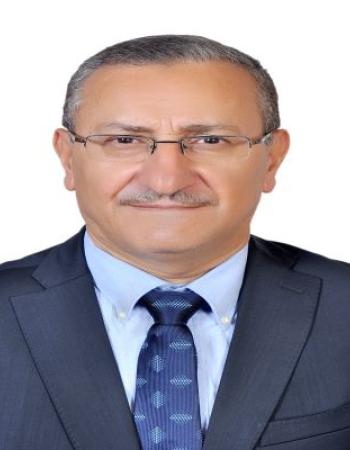Compressive Behavior of Slurry Infiltrated Mat Concrete
J.,, Shannag, M. . 1999
This paper presents the compressive behavior of a new type of highperformance (steel) fiber reinforced concrete (HPFRC) called slurry infiltrated mat concrete (SIMCON). SIMCON is made by infiltrating preplaced continuous steel fiber- mats with a cement based slurry. Due to its fiber-mat configuration: 1) individual fibers have very high fiber aspect ratio, leading to significant increase in strength, ductility and toughness; and 2) fiber-mats are delivered in prepacked rolls that can be easily cut and handled in the field, as compared to conventional short discontinuous fiber reinforced concretes (FRCs). Hence SIMCON is well suited for repair, retrofit, and new construction of earthquake-resistant buildings, bridges and other structures that requires high strength and ductility. This paper presents experimentally obtained stress-strain properties of SIMCON in compression. After a month of curing, compressive strengths of up to 88 MPa (12.8 ksi) and strains at ultimate stress ranging between 0.5 to 0.7 percent were reached with 5.39 percent fiber volume fraction SIMCON. This paper discusses the observed behavior and presents models for predicting the entire stress-strain relationship, including the elastic modulus, ultimate stress, and toughness.

Various combinations of a local natural pozzolan and silica fume were used to produce workable high to very high strength mortars and concretes with a compressive strength in the range of 69-110…

Laboratory investigation was undertaken to develop high-performance cement-based grouts for infiltrating fiber-reinforced cementitious composites that makes them ideally suited for structural…

